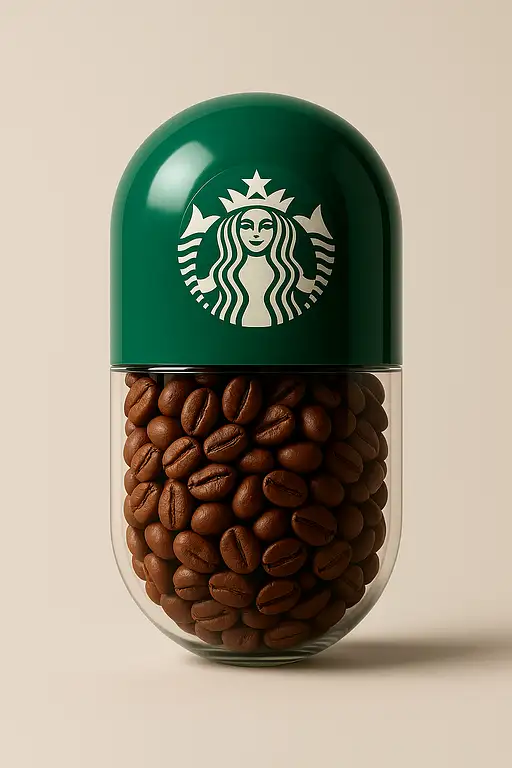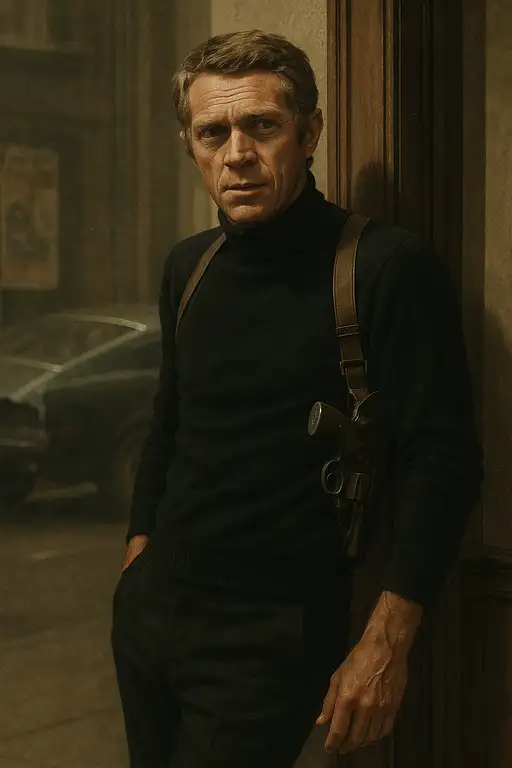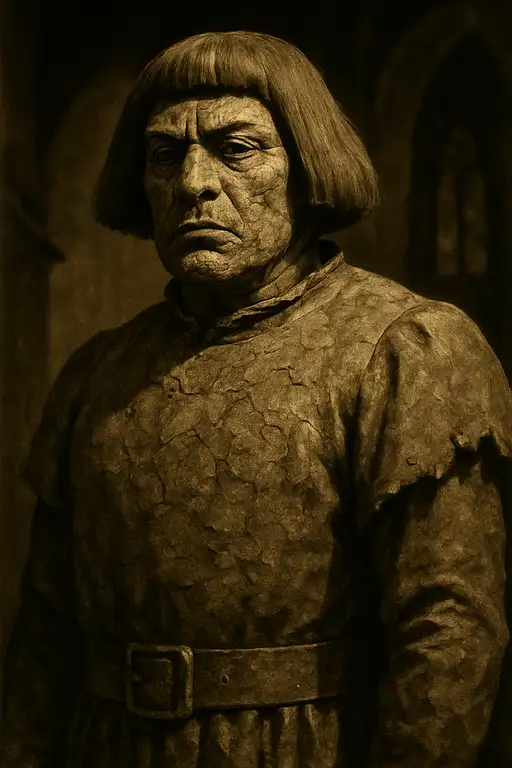
3 months ago
"Ultra-realistic, Highly Detailed Digital Painting / Photorealistic Illustration of Pierre Louis Dulong" Image Type: Ultra-realistic digital painting / Photorealistic illustration. (This clarifies the artistic medium, rather than a literal photograph). Overall Artistic Style: Highly detailed, reminiscent of a classical historical portrait, specifically a hand-colored engraving or lithograph. The rendering should achieve photorealistic quality for the subject's features while retaining the characteristic texture and coloring of such historical artworks, with a rich, almost cinematic illustrative quality. Likeness: Very strong and precise likeness to the provided historical portrait of Pierre Louis Dulong . Lighting: Soft, even, and natural-looking light, similar to an old studio portrait setup. The main light source should be subtly from the front-left or front-right, gently highlighting facial contours. Gentle fill light should soften any shadows. Avoid harsh shadows or overexposure. Depth of Field: Shallow depth of field to ensure the subject's face is in crisp, primary focus, with a softly blurred background that does not distract. Color Palette: Natural, rich, and historically appropriate colors. Emphasize warm yet slightly muted skin tones, vibrant deep blue eyes, and deep, textured clothing colors consistent with the original historical rendering. Subject Details: Age: Depicted as a man in his late 40s to early 50s. Expression: Calm, discerning, and contemplative. A dignified and intelligent gaze directed straight towards the viewer. Face Shape: Rounded but well-defined, with a strong, clean jawline. Hair: Color: Light ash blonde or rich golden-blonde, with subtle natural highlights and tonal variations. Style: Very thick, distinctly wavy to curly, appearing full around the head and ears. It should not be strictly swept back but rather voluminous and natural, as seen in the reference image. Sideburns: Very dense and full, extending low to cover a significant portion of the cheek, with defined but not razor-sharp edges, conveying a natural, bushy volume as in the original. Eyes: Color: Strikingly bright, deep blue, with clear whites and a focused pupil. Shape: Wide and slightly rounded, with an intelligent and direct gaze. Eyebrows: Moderately thick, naturally arched, and neatly groomed, precisely matching the hair color, enhancing the eye's expression. Nose: Straight, with a slightly broad bridge and a softly rounded tip. It should appear strong and proportional to his face. Mouth and Lips: Medium-full lips, naturally shaped, with a neutral to slightly contemplative expression, showing subtle definition. Chin: Clearly defined and proportional, projecting slightly, contributing to a strong and somewhat squarish lower face. Facial Pose: Direct frontal view, with a very subtle (1-2 degree) tilt clockwise, precisely mimicking the angle in the reference image. Clothing Details: Coat: A single-breasted (or not visibly double-breasted) wool frock coat in a deep, muted burgundy (dark reddish-purple) or deep maroon color. The fabric should exhibit a fine, tight, textured weave, characteristic of historical prints (e.g., a subtle stippled or cross-hatched appearance), not a smooth modern fabric. The lapels should be broad and well-defined. Cravat/Collar: A pristine white, high, stiff linen cravat or stock, wrapped neatly and tightly around the neck. Inner Garments/Tie: A small visible portion of a dark inner vest or waistcoat. A striped tie, with vertical stripes in dark, muted colors (e.g., dark red and brown), should be visible at the neck opening. Background & Atmosphere: Background: A soft, plain very light blue-grey background. Crucially, the background should feature a distinct stippled or cross-hatched texture, characteristic of historical engravings or lithographs, rather than a smooth, seamless sky. There should be minimal or no noticeable gradual shading effects. Overall Mood/Atmosphere: Calm, confident, and contemplative, conveying a sense of intellectual dignity and solemnity. Rendering Quality (Crucial for replication): Resolution: 8K resolution. Detail: Extreme textural detail for all elements: individual strands of hair, realistic skin texture (portraying it as a finely rendered surface, not smooth plastic), and the intricate weave/texture of his clothing. Color Gradations: Natural and subtle color gradations within the chosen artistic style. Lighting Definition: Clear and well-defined lighting that shapes the forms without harshness. Focus: A shallow depth of field to keep the primary focus on the subject.








